The history of the Ray-Ban Wayfarer, one of the most famous sunglass lines in history, as well as one of the most popular wearable design objects , is particularly emblematic for several reasons: for the fact that their peak popularity came only three decades after their market launch (in fact, today we associate Wayfarers with the 1980s and think of them as a product of those years, but they actually date as far back as 1952), because a clever marketing campaign contributed to their success, and because of their design, which has particularly masculine and aggressive shapes, but gives an idea of confidence and style, so much so that they are now considered a unisex accessory. For these reasons, Ray-Ban Wayfarers have become a symbol of style and are widely known throughout the world.
Their story begins, as mentioned, in the 1950s, when the Ray-Ban brand, founded in 1937 by the Bausch & Lomb company that made eyewear for aviators (the name “Ray-Ban,” literally “banish rays,” referred to the glasses’ ability to filter out infrared and ultraviolet rays, an indispensable feature for pilots), decided to create a new model of sunglasses that would be modern and innovative. Thus, in 1952, designer Raymond Stegeman, who worked for Bausch & Lomb, developed the first prototype of the Ray-Ban Wayfarer, filing the patent in July of that year. This new model of sunglasses featured a square, plastic frame with rounded corners and slightly trapezoidal lenses. It was a new and original design compared to the traditional sunglasses of the time, which were usually made with metal frames.
Wayfarers (the word literally means “wayfarer”), after their market launch in 1956, immediately became a hit: their distinctive and modern design made them very popular among celebrities and trendy people. Artists like Bob Dylan and James Dean and personalities like John F. Kennedy were among the first to wear Wayfarers, contributing to their growing popularity. Ray-Ban Wayfarers were associated with an effervescent and rebellious lifestyle, and were often worn by prominent musicians, actors, and artists of the time.
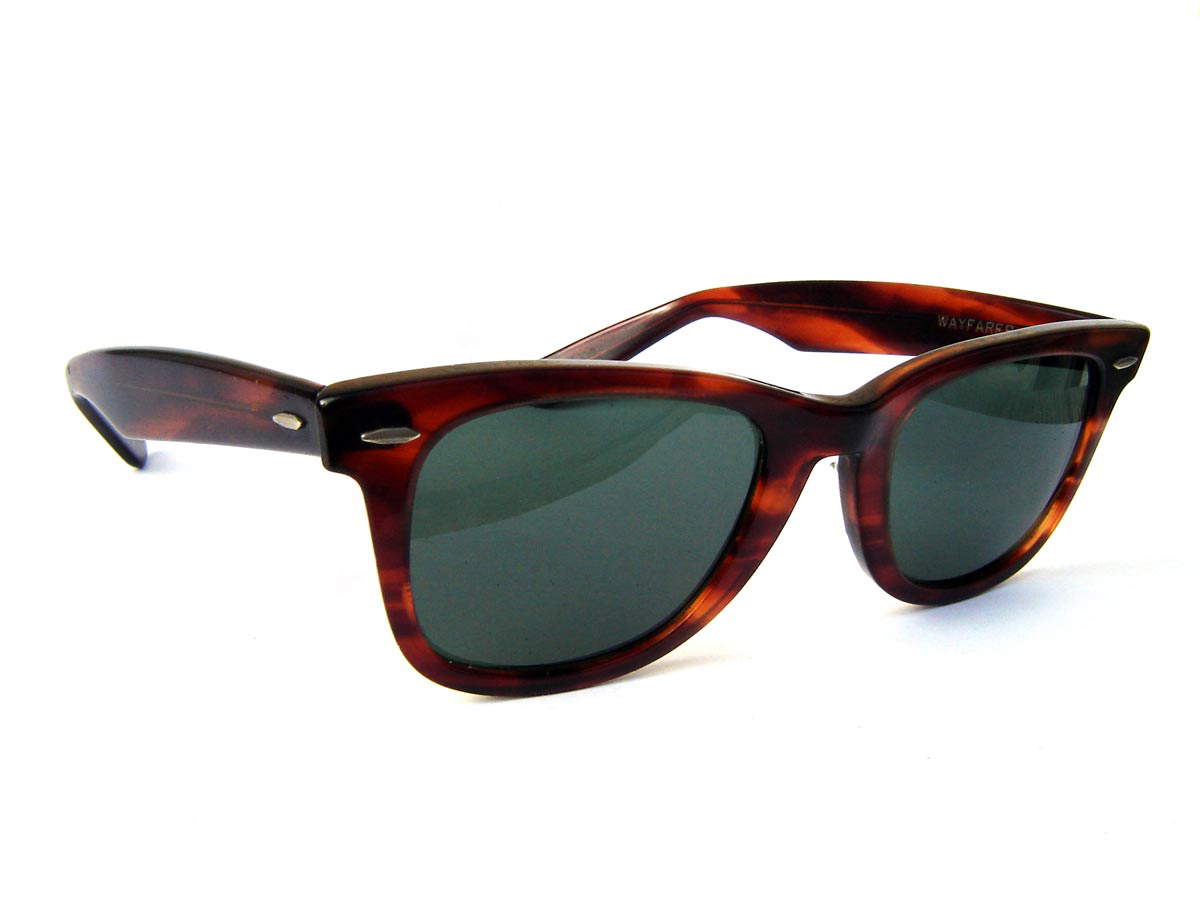
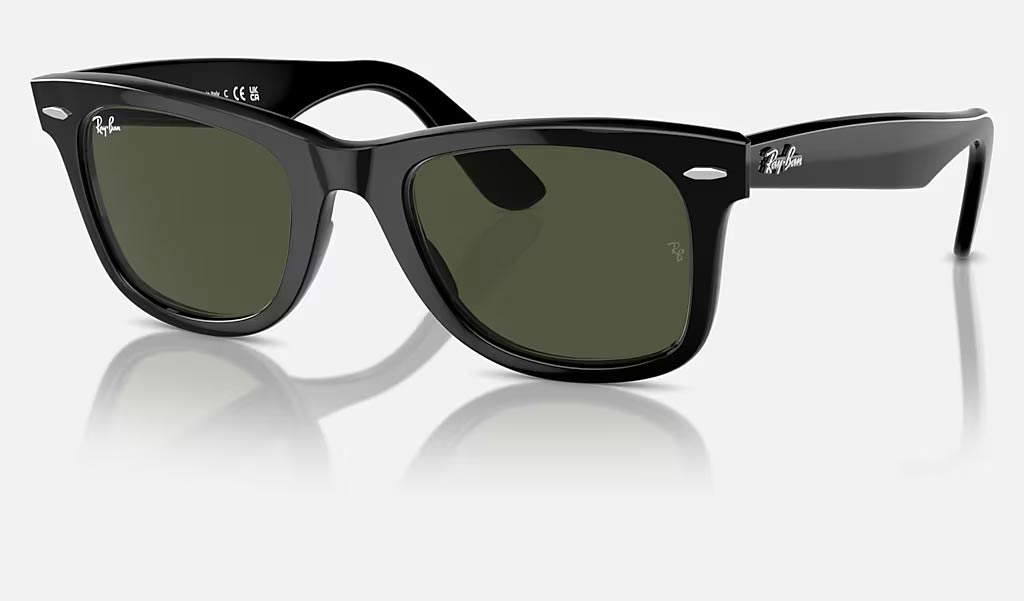
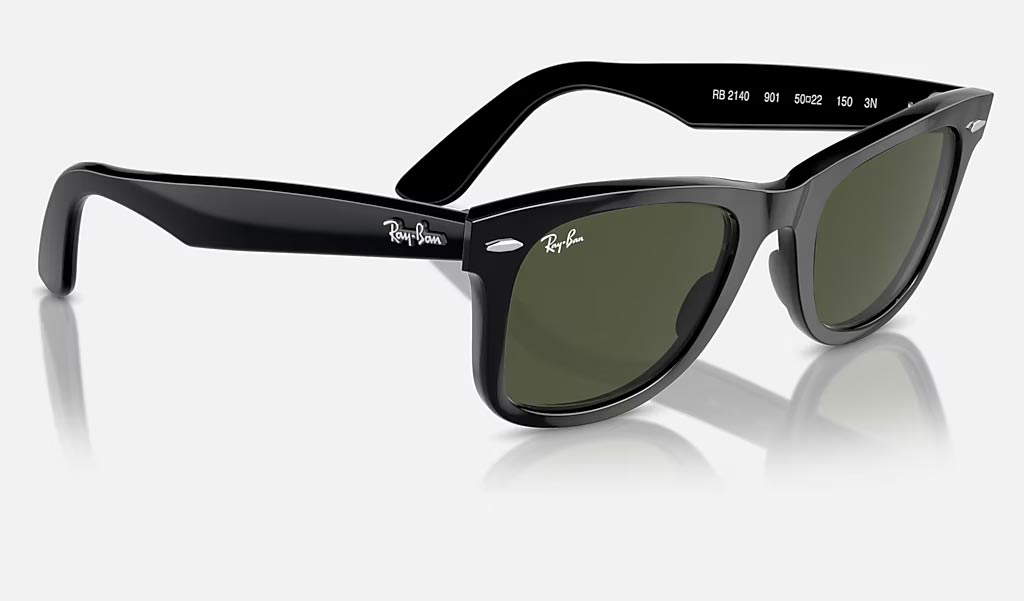 The Ray-Ban Wayfarers
The Ray-Ban Wayfarers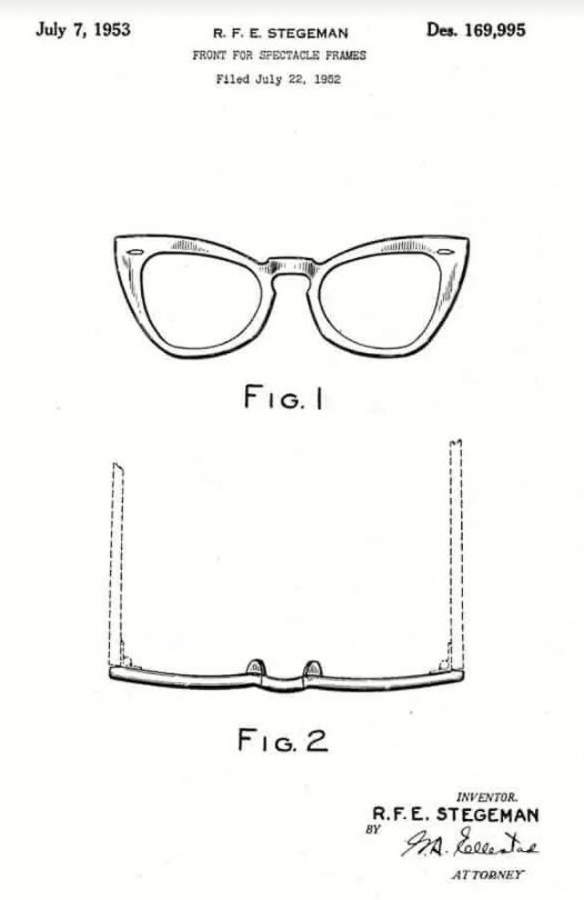
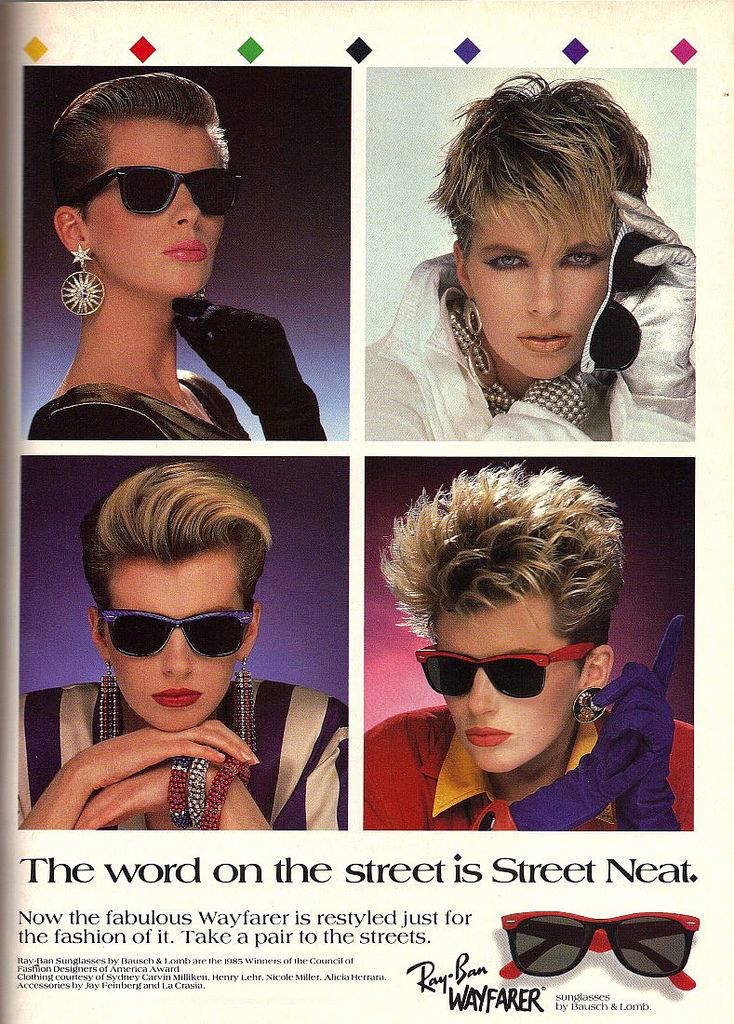

The Ray-Ban Wayfarer design is still known for its unique combination of retro style and modernity. These sunglasses are distinguished by their square frames, rounded corners and slightly trapezoidal lenses. As for the frame, this is perhaps the Wayfarer’s most recognizable feature, offering a distinctive and bold shape. This design differed from the traditional sunglasses of the time, which were usually made with metal frames and rounder shapes. However, despite the overall square shape, Wayfarers feature rounded corners in both the frames and lenses. This contributes to a softer, more harmonious silhouette that is well suited to different face types. The Wayfarer lenses are also slightly trapezoidal, with the top part wider than the bottom part-this shape gives the glasses a unique look, giving them a touch of originality and character. Another distinctive feature of the Wayfarers is their plastic frames. When they were first launched, most sunglasses had metal frames, making the Wayfarers an innovative and bold option.The choice of plastic thus contributed to the modern look and comfort of the glasses. Lastly, the Ray-Ban logo, introduced, however, only in recent models: the Ray-Ban Wayfarers feature the Ray-Ban logo on the side temples of the glasses (a white “Ray-Ban” lettering on a black background), where previously simple metal studs could be seen, to add authenticity and recognition to the design. Over the years, numerous color variants have since been introduced for Ray-Ban Wayfarers. In addition to classic black, models are available with frames in different colors and even tinted lenses (and a frameless version was recently launched). These options allow further customization of the Wayfarer’s style and appearance.
However, between the 1960s and 1970s, Wayfarers experienced a decline in popularity. As a result, Ray-Ban came up with a surprising marketing campaign in 1982, leveraging the technique of product placement: that is, the Wayfarers were placed in blockbuster movies, television programs, and music videos, promoting the glasses as a symbol of style and rebellion. Indeed, the 1982 Ray-Ban Wayfarer product placement campaign was a turning point in the history of these iconic sunglasses. The campaign resulted in the sunglasses appearing in some 60 films between 1982 and 1987. One of the key moments of the campaign was the product placement in the famous 1983 film Risky Business, in which actor Tom Cruise (famous is the scene in which he dances alone on camera wearing only a shirt) wears Ray-Ban Wayfarers: the film caught the public’s attention, making the Wayfarers a must-have.
There are many other films in which Wayfarers can still be seen. For example, The Blues Brothers (1980), the famous comedy-musical film directed by John Landis where the main characters Jake and Elwood Blues, played by John Belushi and Dan Aykroyd, respectively, constantly wear sunglasses throughout the film ( John Belushi’s character, in particular, wears Wayfarers himself). Again, The Breakfast Club (1985): this popular John Hughes film tells the story of five high school students who are forced to spend a Saturday detention together in the school library. One of the main characters, Brian, played by Anthony Michael Hall, wears a pair of Ray-Ban Wayfarers. And then, they can be seen in A Boy Like the Others (1985), a film in which the main character, a girl named Terry played by Joyce Hyser, believing that her being a woman will jeopardize a successful career in journalism, decides to pretend to be a boy: to fit the part she wears male clothing as well as a pair of Wayfarers for much of the film.
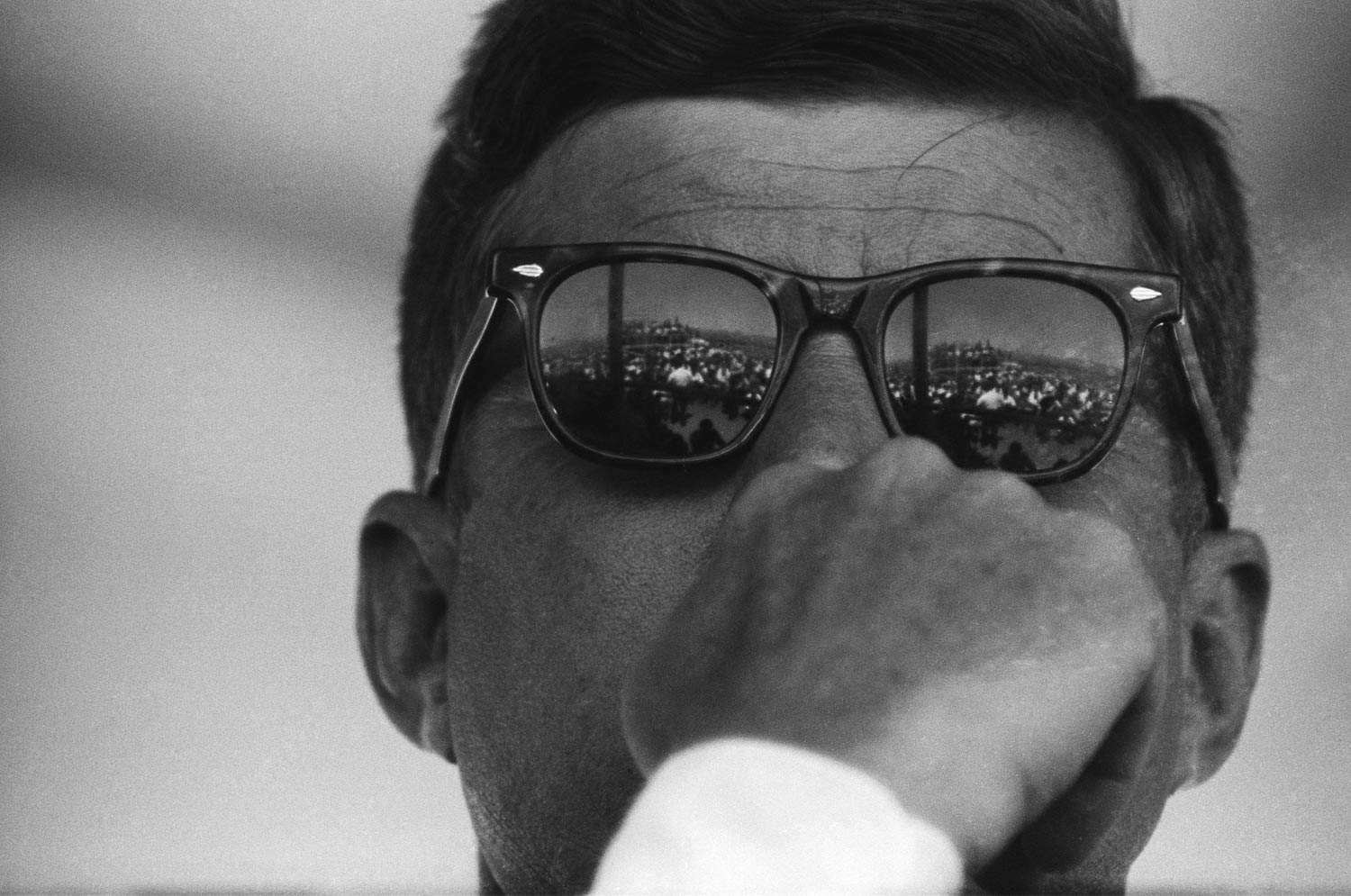
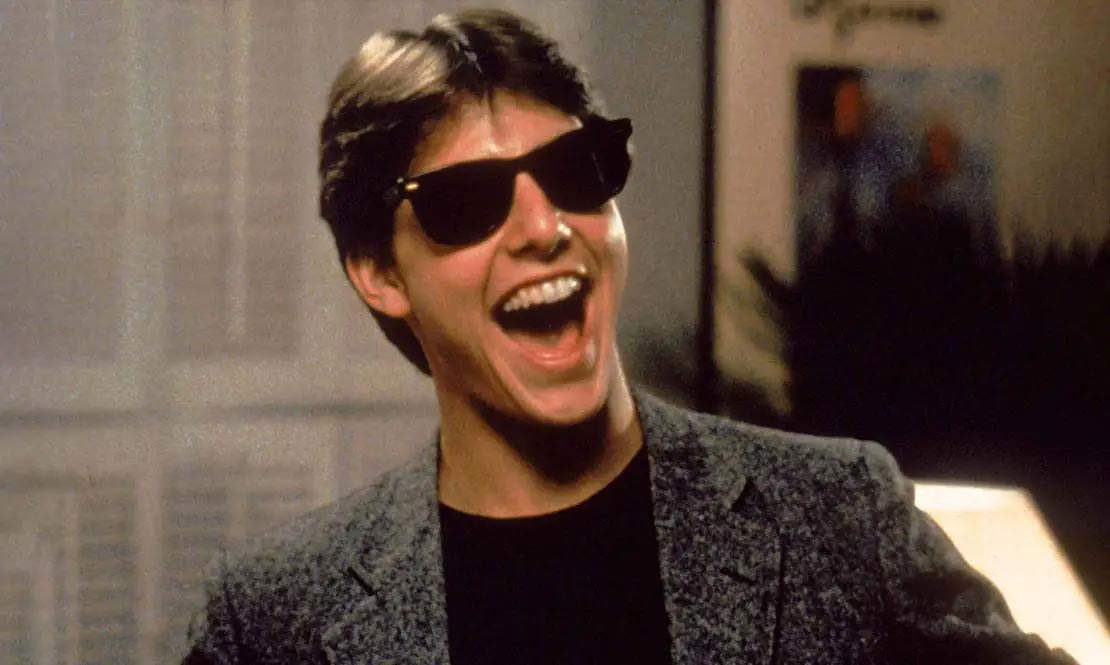
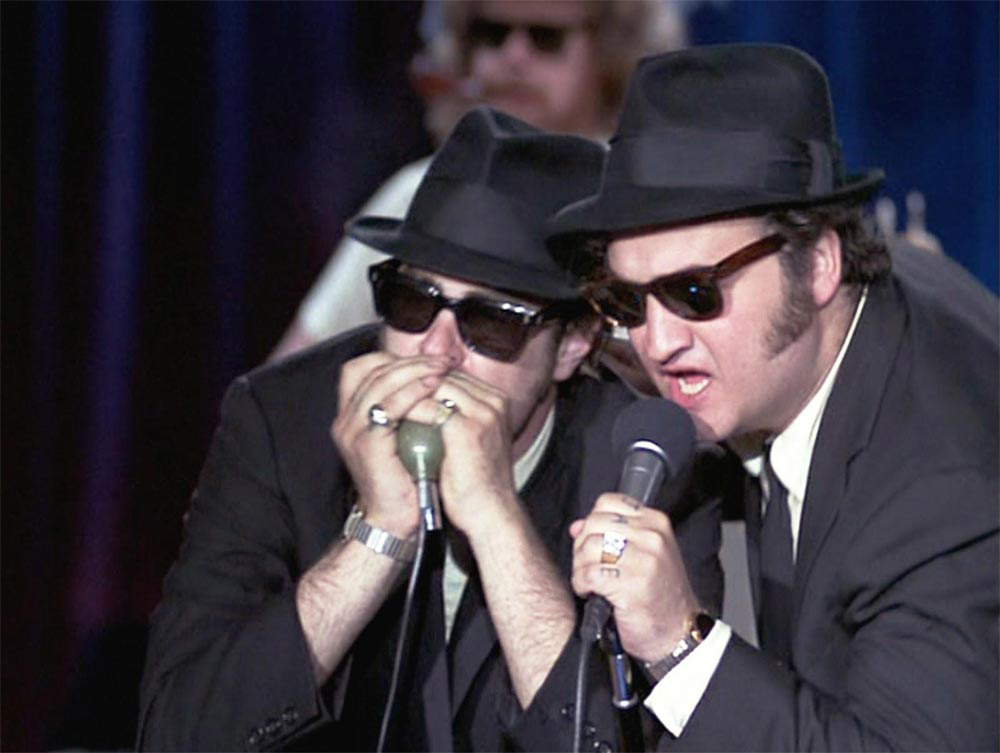
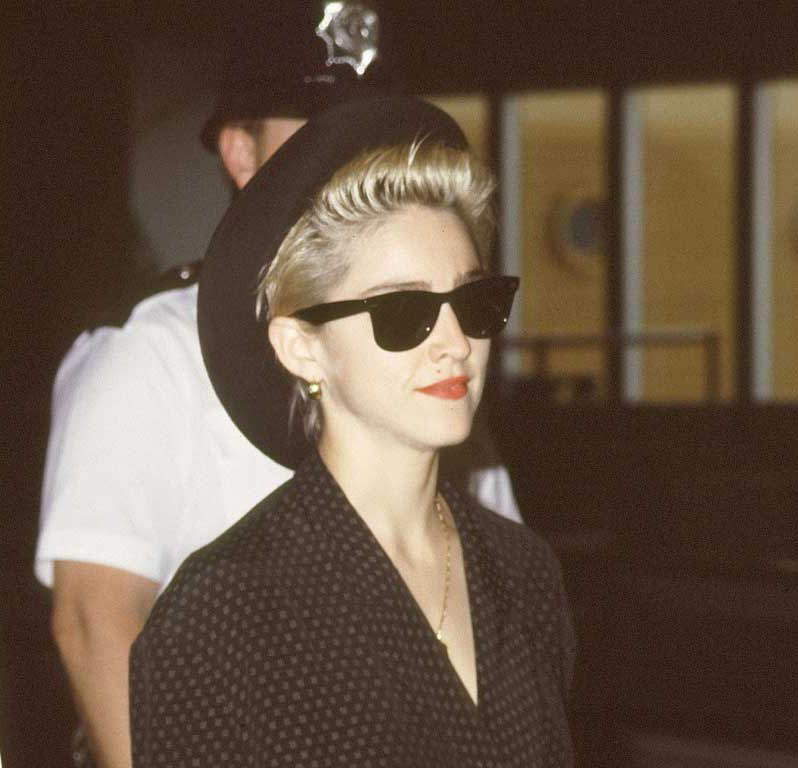
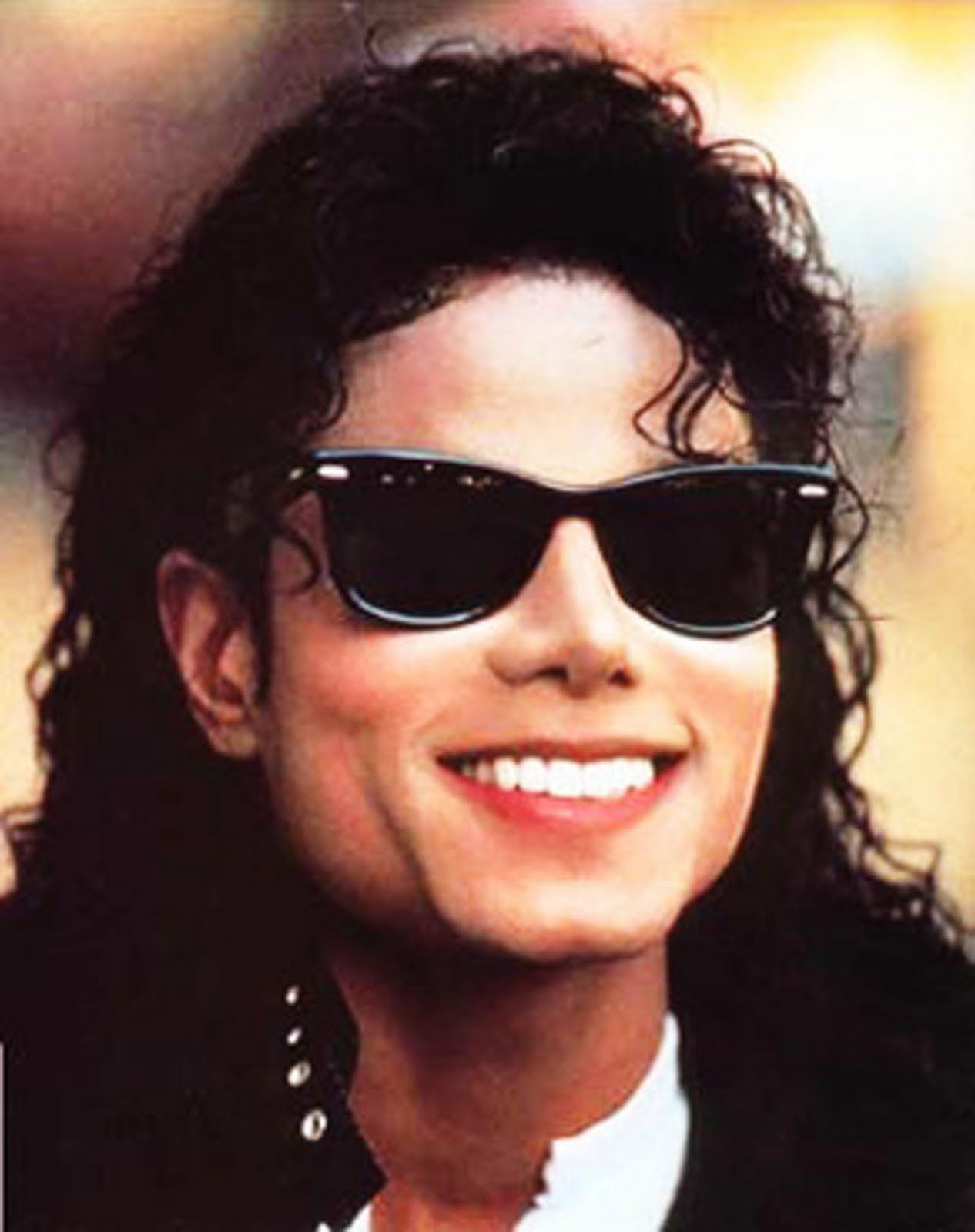
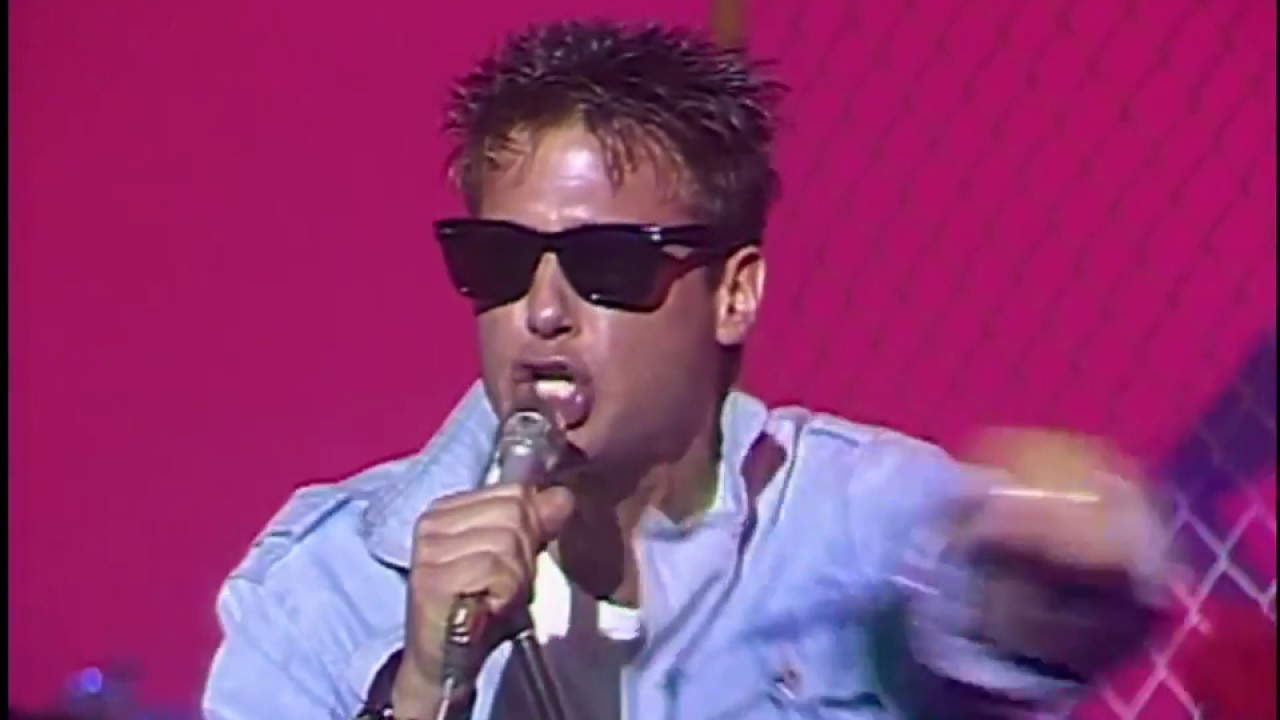
The campaign also harnessed the power of celebrity endorsements, engaging famous people of the time to wear Wayfarers in public and in their performances. Musicians such as Madonna, Debbie Harry, Michael Jackson, George Michael, Billy Joel, and Depeche Mode were among those who helped promote the glasses. And then we must not forget the music videos, for example that of Corey Hart’s 1984 hit Sunglasses at night . This product placement campaign was a great success, helping to revitalize the Ray-Ban brand and making the Wayfarer one of the most recognizable and popular sunglass models of the 1980s (so much so that from the two models available in 1981 it grew to forty in 1989). The campaign also demonstrated the importance of strategic marketing and celebrity involvement to promote a product. The combination of an iconic design, an image of rebellion, and an innovative marketing campaign led to the rebirth of Ray-Ban Wayfarers and helped solidify their status as a style icon.
There was a solid foundation , however, for this classic to be reborn 30 years after its launch, so much so that it reached the peak of popularity in the 1980s let the Wayfarers remain a key model of the Ray-Ban brand. Meanwhile, changes in fashion and culture: the Wayfarer’s bold, boxy design was considered innovative and different from the standards of the era in which they were made, the 1950s. Thus, it took a few years for public taste and changing fashion trends to adapt to a bolder look like the Wayfarers. Again, the association with rebellion and counterculture: the image of prominent artists, musicians, and actors wearing Wayfarers in films such as The Blues Brothers and Risky Business, where the protagonists lead lives outside the box, helped solidify this association. The glasses were seen as a symbol of alternative and nonconformist style, gaining popularity among those who sought to challenge social norms. And then, the historical legacy: in the 1980s, there was also an interest in retro and vintage design, with some revival of styles from earlier years. Wayfarers, with their classic and timeless design, fit perfectly into this context and became a popular choice for those seeking retro-style sunglasses. Overall, the lag in the strong popularity of the Ray-Ban Wayfarer can be attributed to all these factors, which nonetheless offered the brand fertile ground on which to cultivate its effective marketing campaign. After a period of further decline in the 1990s and early 2000s, Wayfarers have recently come back into fashion, albeit not reaching the popularity they achieved in the 1980s. For reasons not too dissimilar from those that ensured the line’s success back then: in fact, in recent years there has been a trend toward vintage, which has made Ray-Ban Wayfarers... relevant again. And then, influencers and celebrities have had a significant impact on the popularity of the sunglasses, and wearing Ray-Ban Wayfarers has become a common choice among many prominent figures. Add to that the very characteristics of their design: the Ray-Ban Wayfarer have a distinctive design that is recognized worldwide. They are sunglasses that fit well with different types of faces and clothing styles. Their versatility makes them an attractive option for many people looking for a pair of high-quality sunglasses with a timeless look.
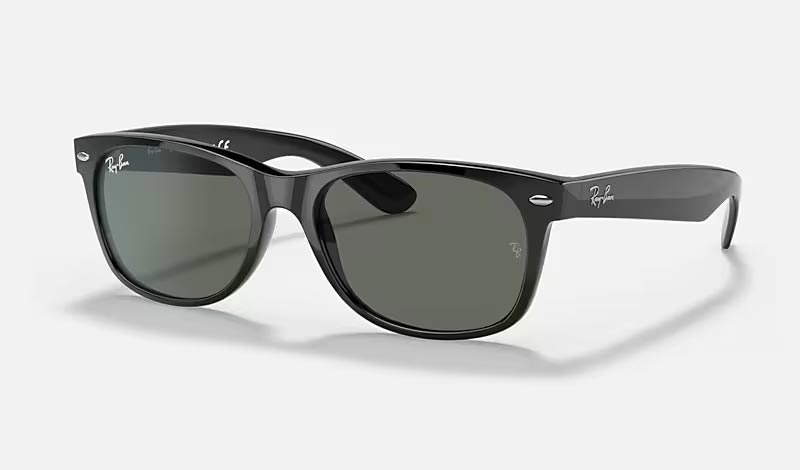
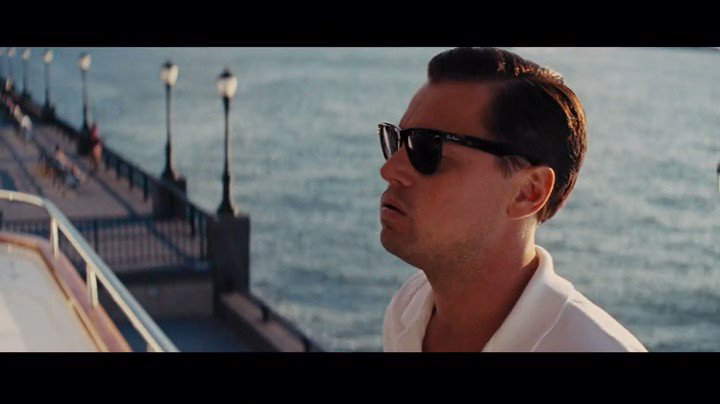
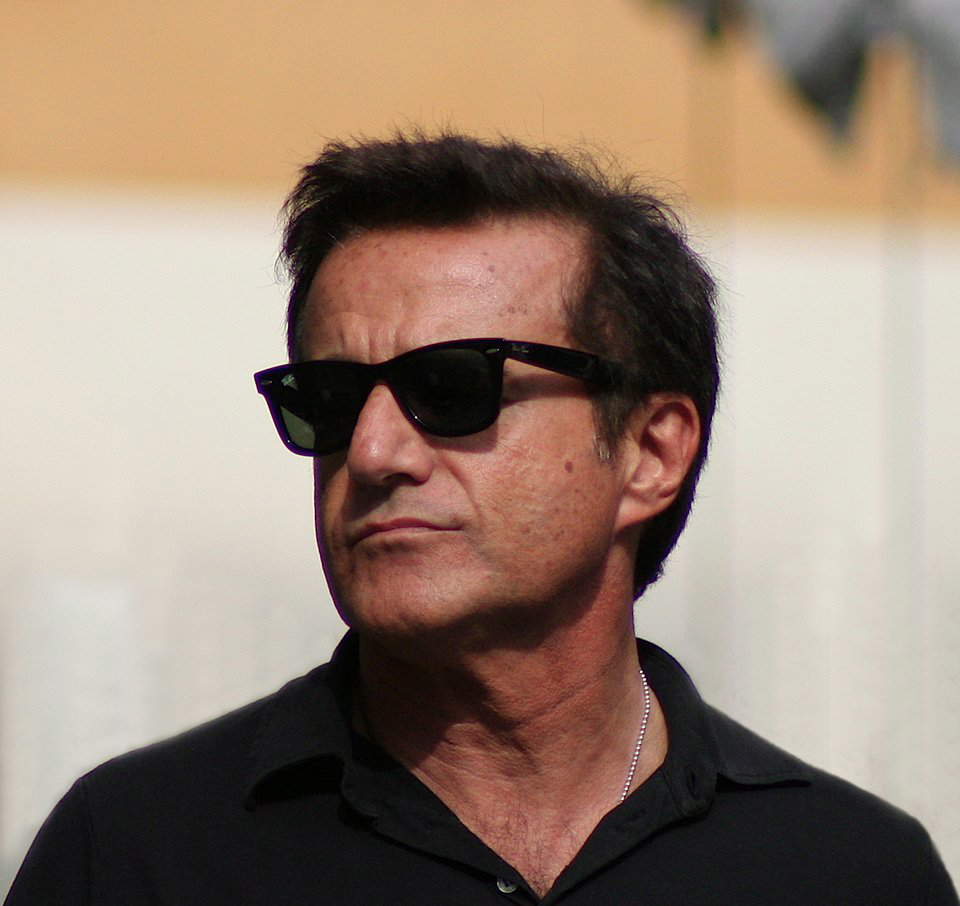
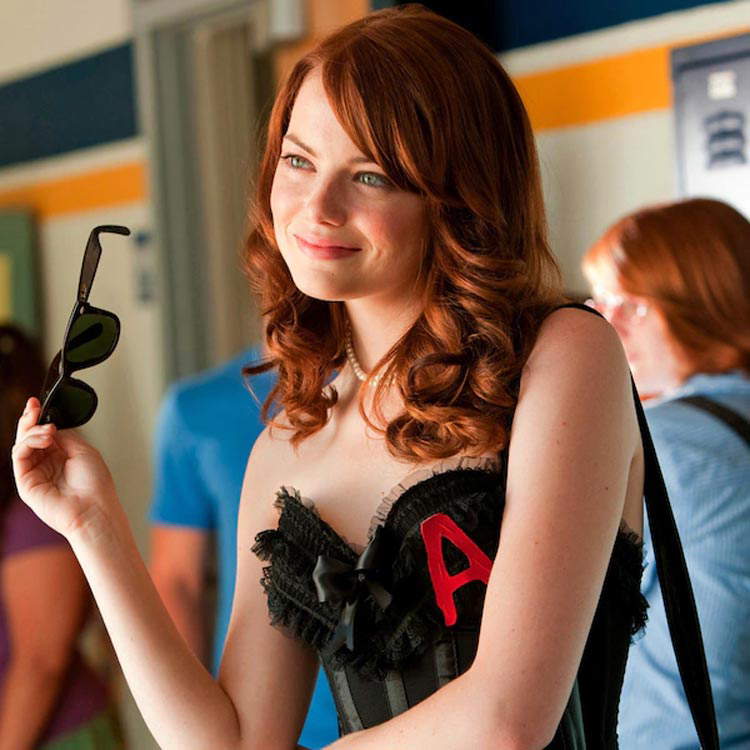
There is, finally, a bit of Italy in the success of the Wayfarers. In 1999, in fact, Bausch & Lomb sold the Ray-Ban brand to Luxottica, for 640 million euros. In 2001, Luxottica thus made some changes to the design of the Ray-Ban Wayfarers, launching a significant redesign (the RB2132 model, an updated version of the classic Wayfarers, renamed “New Wayfarer Classic”). The iconic and distinctive look of the original Wayfarers has been retained, but with some changes to make them more comfortable and easier to wear. Compared to the original Wayfarers, the RB2132s feature slightly smaller, softer shapes and a more compact frame. This makes them more suitable for a variety of face shapes and makes them lighter to wear. The RB2132s are then made of lightweight materials, such as acetate, which offers greater comfort during extended use without compromising strength. The new model then has a less tilted frame, again to make the glasses more comfortable (in fact, the previous model, precisely because of the tilt, made it difficult to rest them on the head).
However, the popularity of the old model led Luxottica to reintroduce, in 2007, the original Wayfarers, with the RB2140 model, identical to the old B&L5022, except for one element, namely the Ray-Ban logo on the temples instead of the metal studs. And even today, Ray-Ban Wayfarers retain all their charm intact.
Warning: the translation into English of the original Italian article was created using automatic tools. We undertake to review all articles, but we do not guarantee the total absence of inaccuracies in the translation due to the program. You can find the original by clicking on the ITA button. If you find any mistake,please contact us.